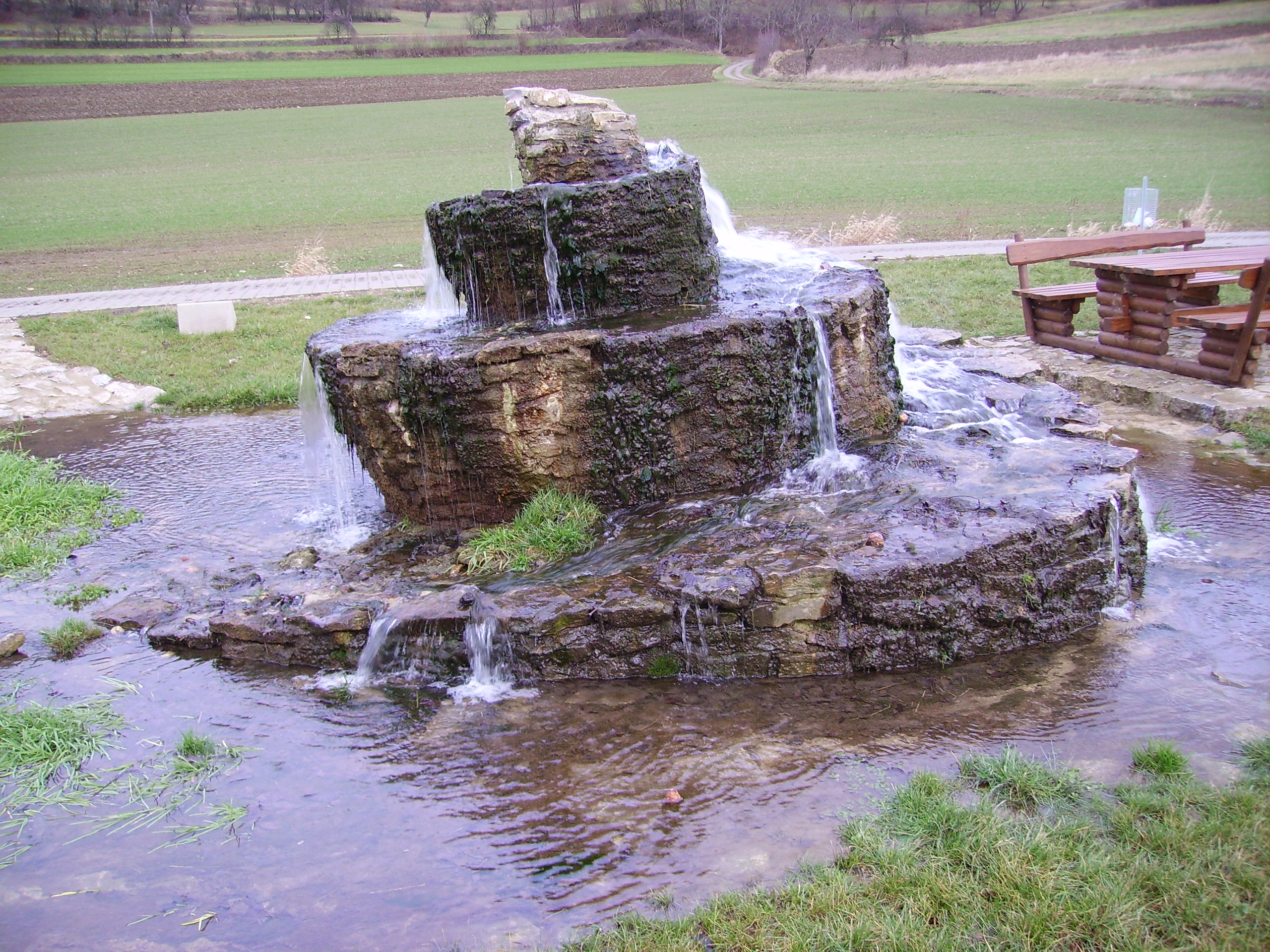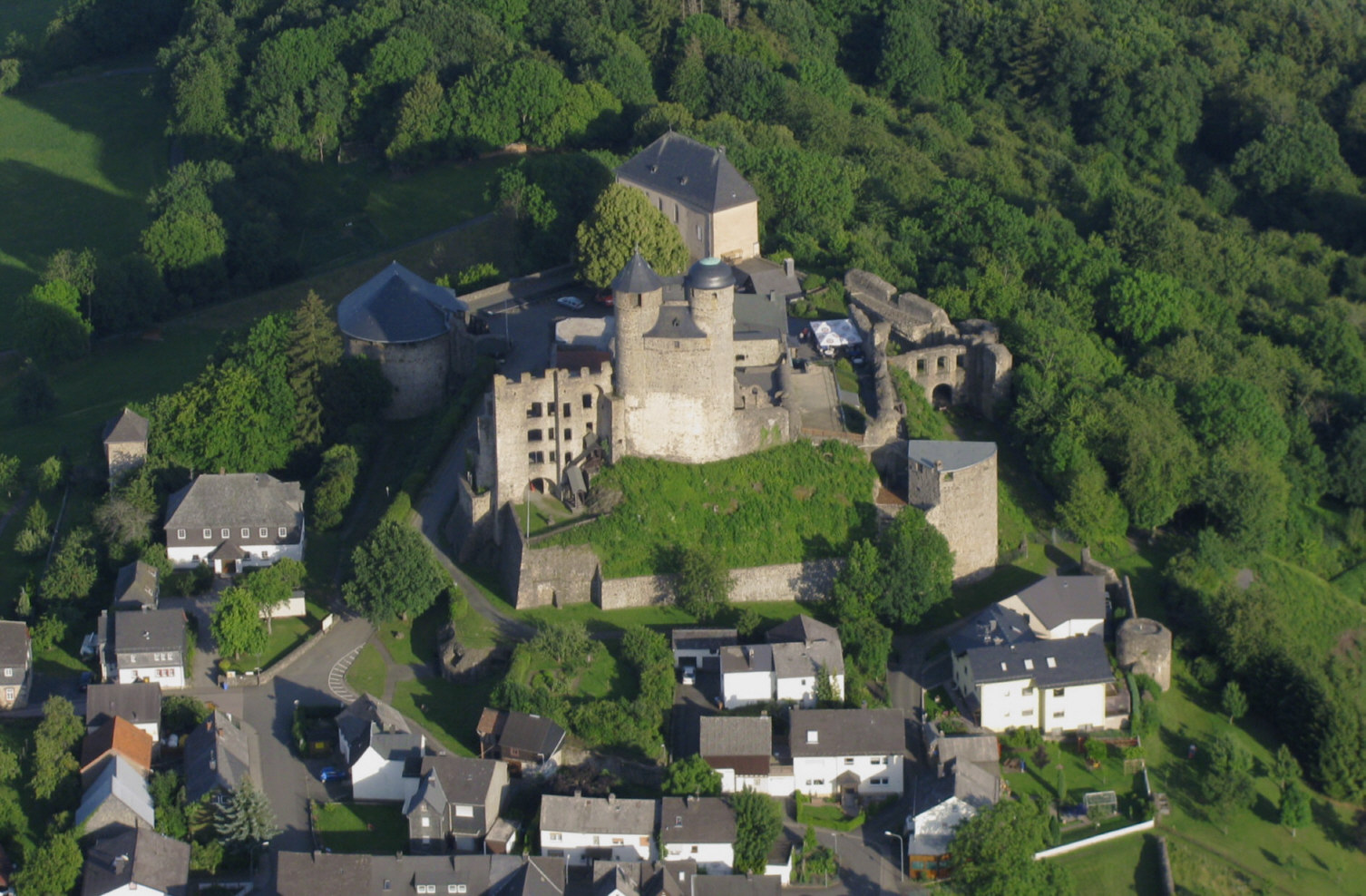|
Bamberg (district)
Bamberg () is a ''Landkreis'' (district) in Bavaria, Germany. It surrounds but does not include the town of Bamberg. The district is bounded by the districts of (from the north and clockwise) Lichtenfels, Bayreuth, Forchheim, Erlangen-Höchstadt, Neustadt (Aisch)-Bad Windsheim, Kitzingen, Schweinfurt and Haßberge. History The history of the district is linked with the history of Bamberg. In 1862 the districts of Bamberg-West and Bamberg-East were established. They were merged in 1929. The present borders were established in 1972, when portions of the adjoining district of Erlangen-Höchstadt were annexed. Geography The district surrounds the town of Bamberg. The western half of the district is occupied by the Steigerwald, a hilly forest region. In the east there is the hill chain of the Franconian Jura The Franconian Jura ( , , or ) is an upland in Franconia, Bavaria, Germany. Located between two rivers, the Danube in the south and the Main in the north, its peaks ... [...More Info...] [...Related Items...] OR: [Wikipedia] [Google] [Baidu] |
Bamberg
Bamberg (, , ; East Franconian: ''Bambärch'') is a town in Upper Franconia, Germany, on the river Regnitz close to its confluence with the river Main. The town dates back to the 9th century, when its name was derived from the nearby ' castle. Cited as one of Germany's most beautiful towns, with medieval streets and Europe's largest intact old city wall, the old town of Bamberg has been a UNESCO World Heritage Site since 1993. From the 10th century onwards, Bamberg became a key link with the Slav peoples, notably those of Poland and Pomerania. It experienced a period of great prosperity from the 12th century onwards, during which time it was briefly the centre of the Holy Roman Empire. Emperor Henry II was also buried in the old town, alongside his wife Kunigunde. The town's architecture from this period strongly influenced that in Northern Germany and Hungary. From the middle of the 13th century onwards, the bishops were princes of the Empire and ruled Bamberg, overseeing ... [...More Info...] [...Related Items...] OR: [Wikipedia] [Google] [Baidu] |
Wappen Von Baunach
A coat of arms is a heraldic visual design on an escutcheon (i.e., shield), surcoat, or tabard (the latter two being outer garments). The coat of arms on an escutcheon forms the central element of the full heraldic achievement, which in its whole consists of a shield, supporters, a crest, and a motto. A coat of arms is traditionally unique to an individual person, family, state, organization, school or corporation. The term itself of 'coat of arms' describing in modern times just the heraldic design, originates from the description of the entire medieval chainmail 'surcoat' garment used in combat or preparation for the latter. Rolls of arms are collections of many coats of arms, and since the early Modern Age centuries, they have been a source of information for public showing and tracing the membership of a noble family, and therefore its genealogy across time. History Heraldic designs came into general use among European nobility in the 12th century. Systematic, ... [...More Info...] [...Related Items...] OR: [Wikipedia] [Google] [Baidu] |
Schloss Weißenstein
Schloss Weißenstein is a '' Schloss'' or palatial residence in Pommersfelden, Bavaria, southern Germany. It was designed for Lothar Franz von Schönborn, Prince-Bishop of Bamberg and Archbishop of Mainz, to designs by Johann Dientzenhofer and Johann Lukas von Hildebrandt. Weißenstein, built as a private summer residence, remains in the Schönborn family. It is considered a masterwork of Baroque architecture. Location ''Schloss Weißenstein'' is located in the Upper Franconian district of Bamberg in the village of Pommersfelden, Bavaria, Germany. History In 1710, Lothar Franz von Schönborn, Prince-Bishop of Bamberg and Archbishop of Mainz, inherited the estate after the local family, the Truchsesse of Pommersfelden had died out. He ordered the construction of a palace as a private summer residence, paid for from his personal wealth. In 1711, he had helped ensure the election of Karl VI who rewarded him with a gift of 100,000 gulden. A team of architects including Jo ... [...More Info...] [...Related Items...] OR: [Wikipedia] [Google] [Baidu] |
Schloss Weissenstein 3 ReiKi
''Schloss'' (; pl. ''Schlösser''), formerly written ''Schloß'', is the German term for a building similar to a château, palace, or manor house. Related terms appear in several Germanic languages. In the Scandinavian languages, the cognate word ''slot''/''slott'' is normally used for what in English could be either a palace or a castle (instead of words in rarer use such as ''palats''/''palæ'', ''kastell'', or ''borg''). In Dutch, the word ''slot'' is considered to be more archaic. Nowadays, one commonly uses ''paleis'' or ''kasteel''. But in English, the term does not appear, for instance, in the United Kingdom, this type of structure would be known as a stately home or country house. Most ''Schlösser'' were built after the Middle Ages as residences for the nobility, not as true fortresses, although originally, they often were fortified. The usual German term for a true castle is ''burg'', that for a fortress is ''festung'', and — the slightly more archaic term — ''v ... [...More Info...] [...Related Items...] OR: [Wikipedia] [Google] [Baidu] |
Schloss Seehof
Schloss Seehof is a ''Schloss'' (palace) in Memmelsdorf, Bamberg, Germany. It was built from 1684 to 1695 as a summer residence and hunting lodge for Marquard Sebastian Schenk von Stauffenberg, Prince-bishop of Bamberg. Location Schloss Seehof is located outside of Memmelsdorf in the district of Bamberg, around 5 kilometers northeast of the town of Bamberg in the Upper Franconia region of Bavaria, Germany. History Marquard Sebastian Schenk von Stauffenberg, Prince-bishop of Bamberg, enjoyed the rural area around Memmelsdorf. He thus asked to replace a local estate from the late 15th century with an early Baroque palace. This was built between 1684 and 1695. Later redesigns included the White Hall in the west wing, created during the reign of Johann Philipp Anton von Franckenstein in the 1750s. Description The palace is located in a large park and stands on a square plan, much like Schloss Johannisburg at Aschaffenburg. The four corner pavilions are topped by squat oct ... [...More Info...] [...Related Items...] OR: [Wikipedia] [Google] [Baidu] |
Greifenstein
Greifenstein is a municipality in the Lahn-Dill-Kreis in Hesse, Germany. Its administrative seat is Beilstein. Greifenstein covers 67.43 km² on the eastern slope of the Westerwald range. It was named for the castle of the same name in the constituent community of the same name. This is the site of the German Bell Museum (''Deutsches Glockenmuseum''), which holds about 50 bells that show the historical development of bell pouring and manufacture. Geography Neighbouring communities Greifenstein borders in the northwest on the community of Driedorf, in the north on the town of Herborn and the community of Sinn, in the east on the community of Ehringshausen Ehringshausen is a municipality in the Lahn-Dill-Kreis in Hesse, Germany. Geography Location Ehringshausen lies in the valley of the Dill between Wetzlar and Herborn. Neighbouring communities Ehringshausen borders in the north on the community ..., in the south on the town of Leun (all in the Lahn-Dill-Kreis) an ... [...More Info...] [...Related Items...] OR: [Wikipedia] [Google] [Baidu] |
Ebrach Abbey
Ebrach Abbey (german: Kloster Ebrach) is a former Cistercian monastery in Ebrach in Oberfranken, Bavaria, Germany, now used as a young offenders' institution. History Abbey The abbey, dedicated to the Virgin Mary, Saint John the Evangelist and Saint Nicholas, was founded in 1127, as the oldest house of the Cistercian order in Franconia. The founder, i.e. the provider of land, was a local noble named Berno. The involvement of other founders named in historic documents, such as King Konrad III, is doubtful. Berno's supposed siblings, Richwin and Berthrade, may also not have existed. The abbey was settled by twelve monks from Morimond Abbey in Burgundy, under the first abbot, Adam of Ebrach. The first church was dedicated in 1134, however, this was completely replaced later. The monks were active in viticulture, forestry, and keeping sheep. The monastery became one of the wealthiest in Franconia. Gertrude von Sulzbach, King Konrad's wife, who died in 1146 was buried here. C ... [...More Info...] [...Related Items...] OR: [Wikipedia] [Google] [Baidu] |




